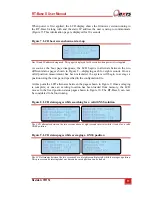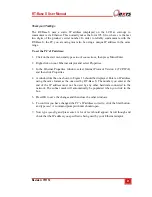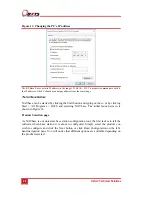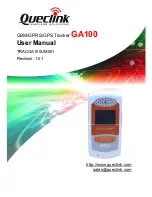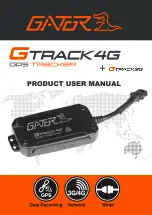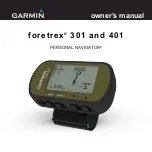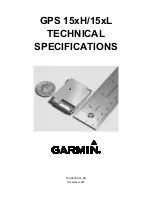
RT-Base S User Manual
Revision: 151112
7
Transmitting the corrections
Each new RT-Base S is supplied with a pair of radio modems suitable for use in the
country specified when ordered. Typically, these radio modems have a range of 2–5 km
line-of-sight. However, trees, buildings, hills and other obstructions will limit the range
that can be achieved. Table 1 shows the different radios that can be supplied with the
RT-Base S. Please note, one of the radio modems will be pre-installed inside the
RT-Base S.
Table 1. Overview of different radios
Radio
Specification
SATEL
403–473 MHz band, up to 1 W, typically 5 km. License free bands available
for many European countries. Radio will typically cover 8 bands with
25 kHz channel spacing, except for SATEL Easy radios which have a much
wider range of configurable frequency.
SATEL
869 MHz band, up to 500 mW, typically 2 km. License free across most of
European Union.
FreeWave
900 MHz band, up to 1 W, typically >10 km. License free in USA, Brazil,
Canada.
Futaba
2.4 GHz band, 10 mW, maximum 2 km. License free in Japan.
As an option, the RT-Base S can broadcast corrections via Wi-Fi using an RT-XLAN.
The RT-XLAN transmits DGNSS corrections up to 1 km and is an especially useful
feature for customers using our newest RT-Range systems, as it means the corrections
can be received by just one INS, then shared among the other vehicles without the need
for additional equipment.
While the RT-Base S will work seamlessly with our own GNSS-aided INS products, it
is not limited to them in any way. The RT-Base S can also serve as a general base
station for other products. To help achieve this the RT-Base S transmits corrections in
six common formats: RTCA, RTCA2, RTCM, RTCMv3, CMR, CMR+.

















